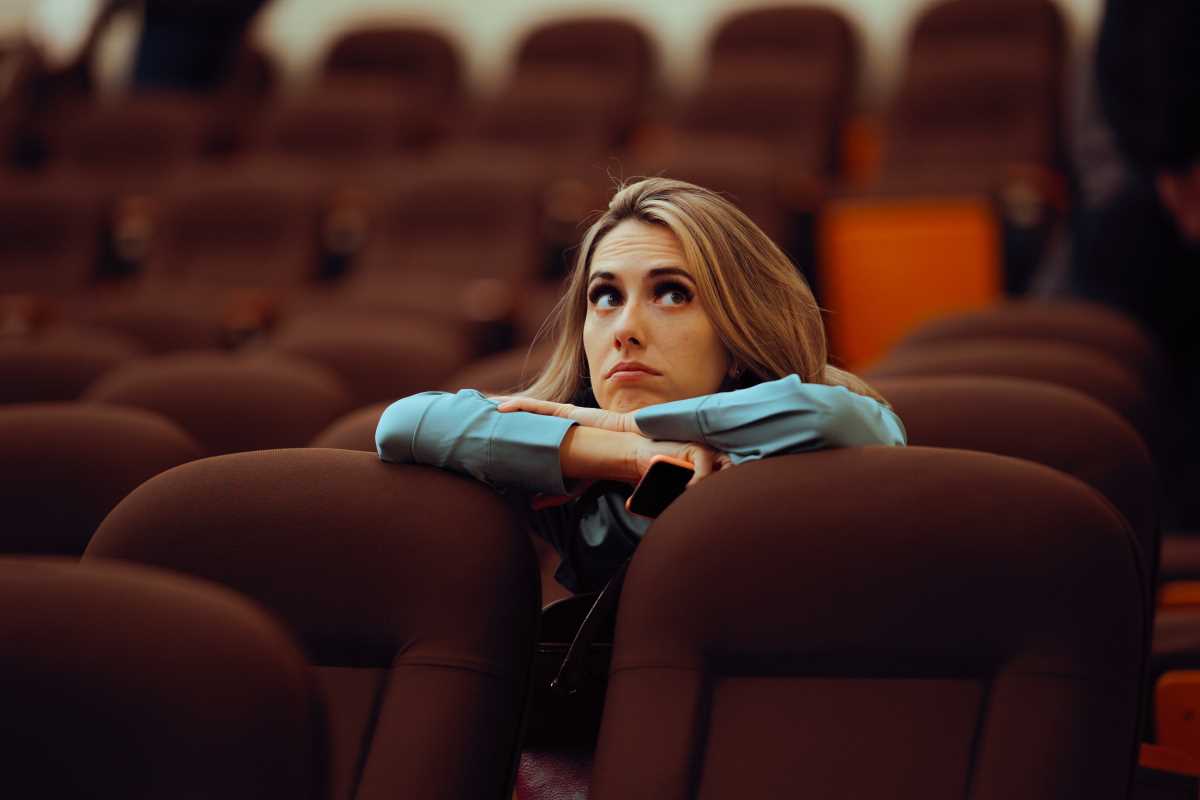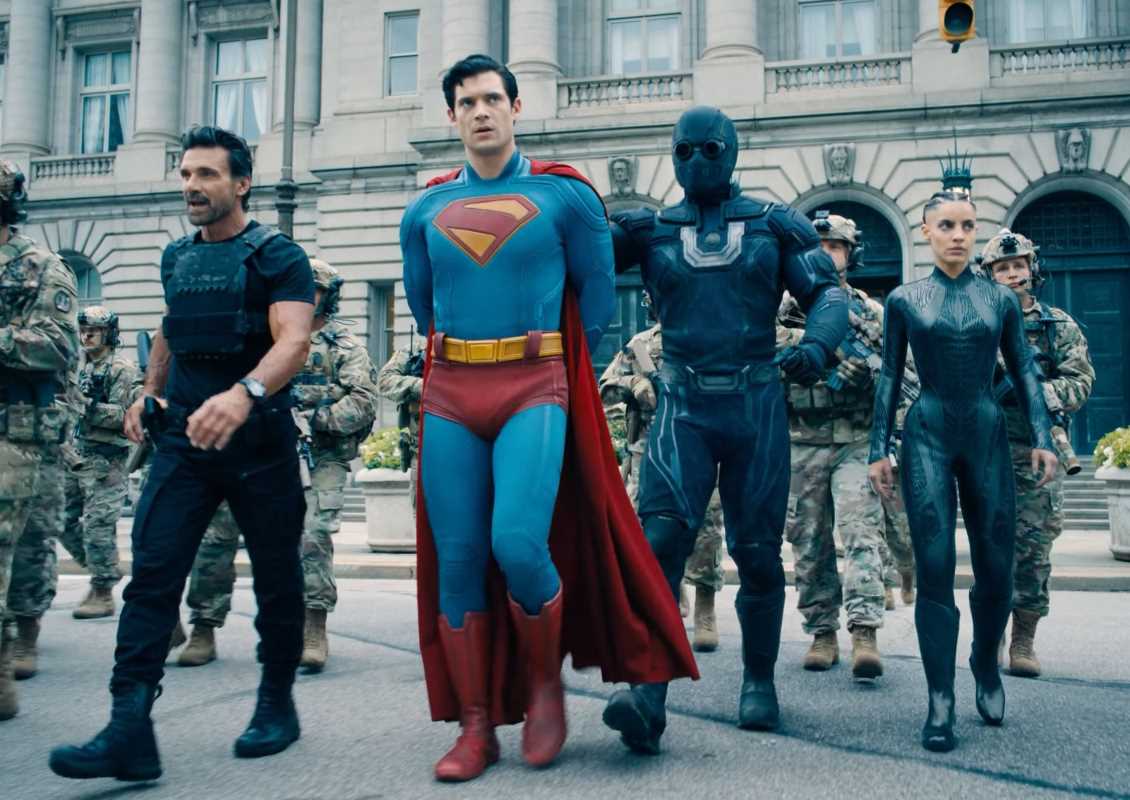Hollywood loves nostalgia. Over the past decade, movie theaters and streaming platforms have been flooded with reboots, remakes, and revivals of popular films and TV shows. From classic sitcoms to iconic action franchises, studios seem to believe that bringing back familiar characters and beloved stories is a surefire way to create hits. And yet, we often hear complaints that these reboots don’t measure up to the originals. Some even flop completely, failing to connect with audiences or critics alike.
Have you ever wondered why so many reboots and remakes miss the mark? After all, the original material was successful, so what could go wrong? Recreating the magic of a classic is harder than it looks. Let's explore some of the biggest reasons why reboots tend to flop and why audiences are often left disappointed.
The Nostalgia Trap
When a reboot is announced, it often aims to tap into feelings of nostalgia. Fans of the original flock to see their beloved characters again or revisit a cherished story. This can also be a double-edged sword. People have strong emotional connections to the originals, which sets a high bar. Reboots have to strike a tricky balance between staying true to the original and modernizing the story to fit today’s world.
If a reboot leans too heavily on nostalgia and doesn’t introduce anything fresh, it can feel like a hollow copy of the original. But if it strays too far from the source material, fans often feel betrayed. Finding that middle ground isn’t easy, and many reboots stumble as a result.
Think about your favorite show or movie from childhood. It probably holds a special place in your heart, right? Now imagine seeing a reboot of it. Chances are, your expectations would be sky-high. That’s exactly what happens when studios tackle popular stories. Fans expect reboots to not only capture the magic of the original but also be flawless in their execution. Anything less feels like a disappointment.
This high standard makes it tough for reboots to succeed. Even when a reboot is decent, it may not measure up to the rosy memories fans have of the original.
Creativity Falls Short
One of the biggest criticisms of reboots is their lack of originality. Some feel like lazy attempts to cash in on past success rather than create something new. If a reboot doesn’t offer anything unique, audiences quickly lose interest. After all, why watch something that feels like a repeat when you could enjoy the original instead?
For example, many reboots are criticized for relying on the same old plots with only a few minor tweaks. Instead of innovating or adding new layers of depth, they recycle the same ideas. Without fresh storytelling, reboots often come across as uninspired.
Studios often use reboots as a “safe bet." Since the original was a hit, they assume audiences will automatically flock to the reboot. To avoid alienating fans, studios sometimes play it too safe, choosing not to take risks or experiment with new ideas. This formulaic approach can make reboots feel dull or unmemorable.
Contrast this with original films and TV shows, which are forced to stand out with bold ideas and strong storytelling because they don’t already have a built-in fan base. Reboots rarely have the same drive to innovate, which is why they often struggle to shine.
Misreading the Audience
One of the biggest challenges with reboots is adapting old material to a modern audience. What resonated with viewers decades ago might not land with today’s generation. Social norms, cultural references, and storytelling trends evolve over time, and trying to recreate the past without understanding that change can backfire.
Some reboots rely too heavily on dated humor or outdated stereotypes that feel cringeworthy in today’s cultural climate. On the flip side, in an effort to modernize, some reboots completely strip away what made the original special.
Another common pitfall is confusion over who the reboot is meant to appeal to. Studios often try to target two groups at once—long-time fans of the original and a fresh, younger audience. Juggling these two demographics is no easy task. What longtime fans cherish might feel unfamiliar or unrelatable to younger viewers, while attempts to modernize might alienate loyal fans.
For example, when a reboot includes major changes to characters or plotlines, older fans often accuse the show of “ruining” the original. At the same time, younger viewers may struggle to connect with a story rooted in old references or nostalgia they don’t share. Striking the right balance between the two audiences is a difficult needle to thread.
The Pressure of Comparisons
Reboots often face the unenviable task of living up to a beloved original. For audiences, it’s almost impossible not to compare the two. Original shows or movies often have the advantage of being groundbreaking during their time, so trying to recapture that magic is usually an uphill battle.
Take Ghostbusters (2016) as an example. While the cast featured fresh talent and plenty of comedic chops, the movie ultimately couldn’t escape comparisons to the 1984 classic. Fans of the original found reasons to criticize everything from the story to the humor, making it hard for the reboot to stand on its own merits.
Because reboots often come with high expectations, they’re under a lot of pressure to deliver right out of the gate. This sometimes leads to rushed production schedules or creative decisions aimed solely at pleasing fans. The result can feel like a hasty product that fails both critically and financially.
What Makes a Reboot Work?
Not all reboots are doomed to fail. Some find the perfect blend of paying homage to the original while offering something new and exciting. Shows like Cobra Kai (a continuation of The Karate Kid movies) and movies like Mad Max: Fury Road prove that reboots can succeed when done thoughtfully.
What sets these successes apart? They respect the original without being afraid to take bold creative risks. They also focus on strong storytelling, ensuring that even those unfamiliar with the original can enjoy the reboot as a standalone work.
 (Image via
(Image via





